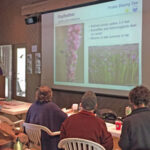These plant lists and our Native Plant Database were developed for the Native Landscape Certification Program (NLCP) for use in the classes taught in that program.
To find plants that will work for your landscape, follow the instructions below to download the appropriate PDF, or visit the Native Plant Database
Plant List Instructions
To get a list of native landscape plants that will work in a certain location, first find that location on one of the area maps. Then download the list corresponding to that area.
To best use these lists pay close attention to the “native region” column on the list. The abbreviations in this column are defined in the footnotes on each list and are correlated to the Level IV eco-regions shown on the maps. In some cases your location may appear on more than one map. In that event you may use any of the lists associated with your area. Lists were created for use in classes for particular events and are not meant to be exhaustive lists of suitable plants for a location.
| Area | Map | Plant List |
|---|---|---|
| Austin Area | 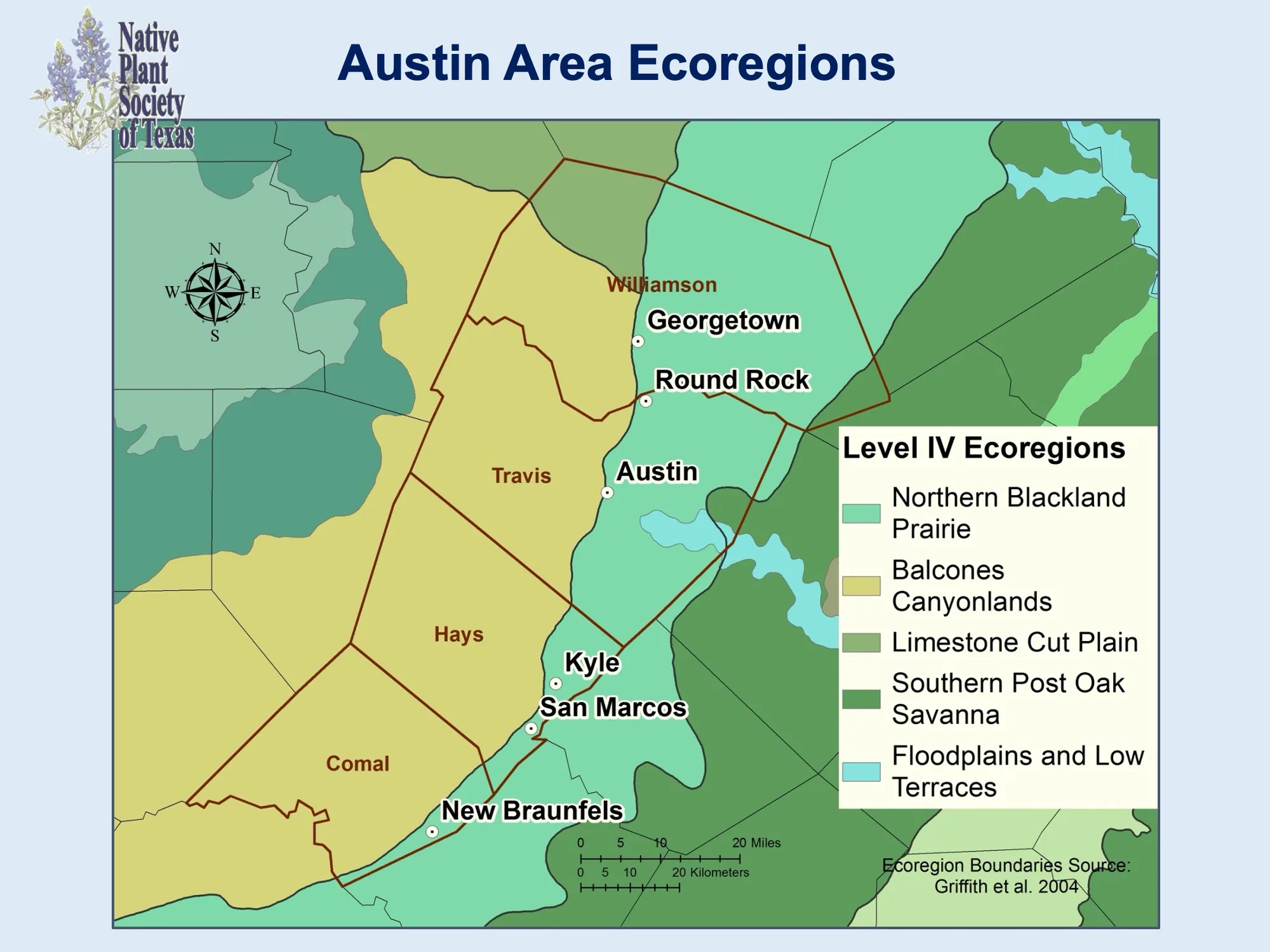 | Austin Area Plant List |
| Big Bend Area | 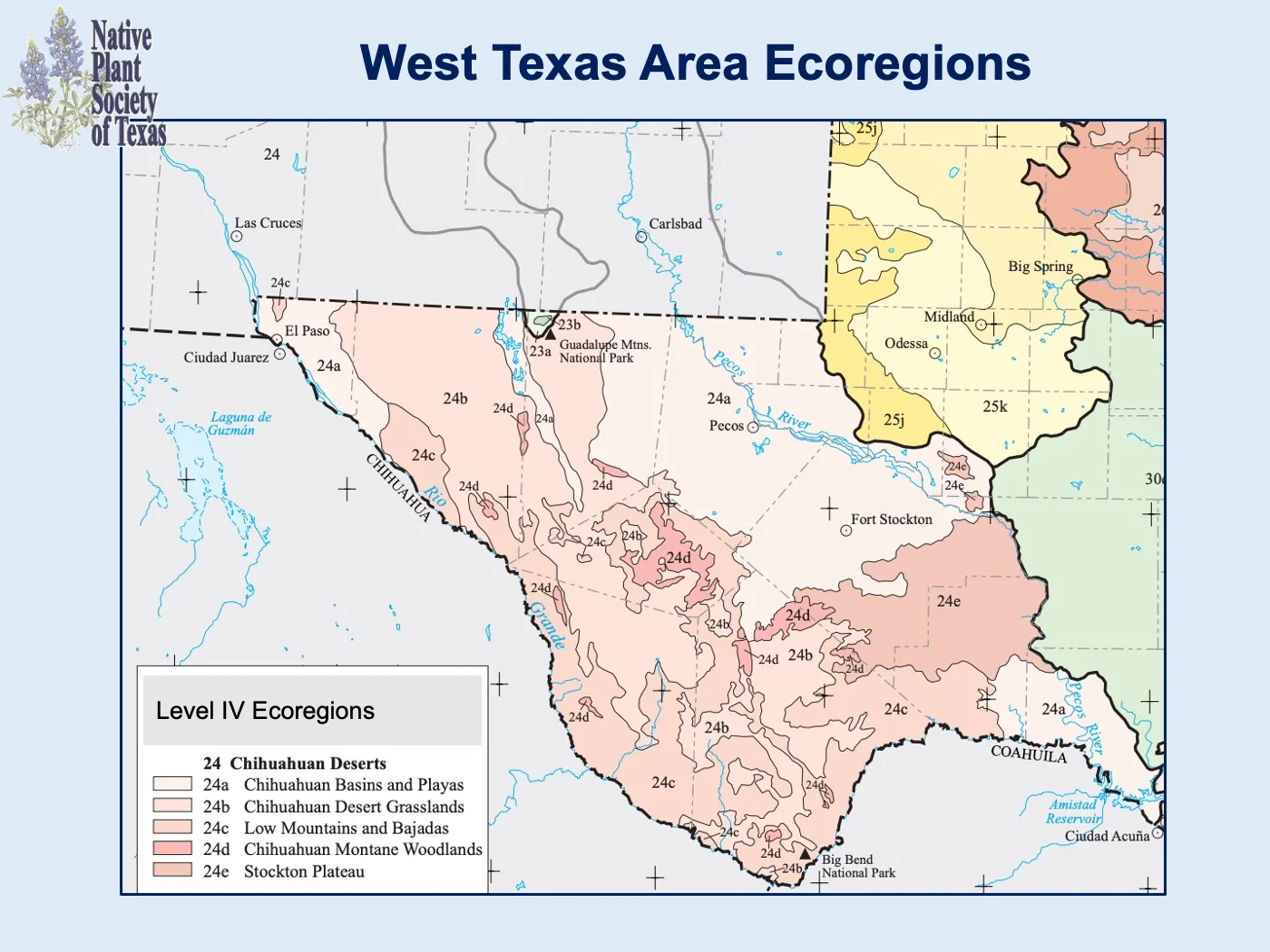 | Big Bend Gardeners Guide |
| Boerne Area | 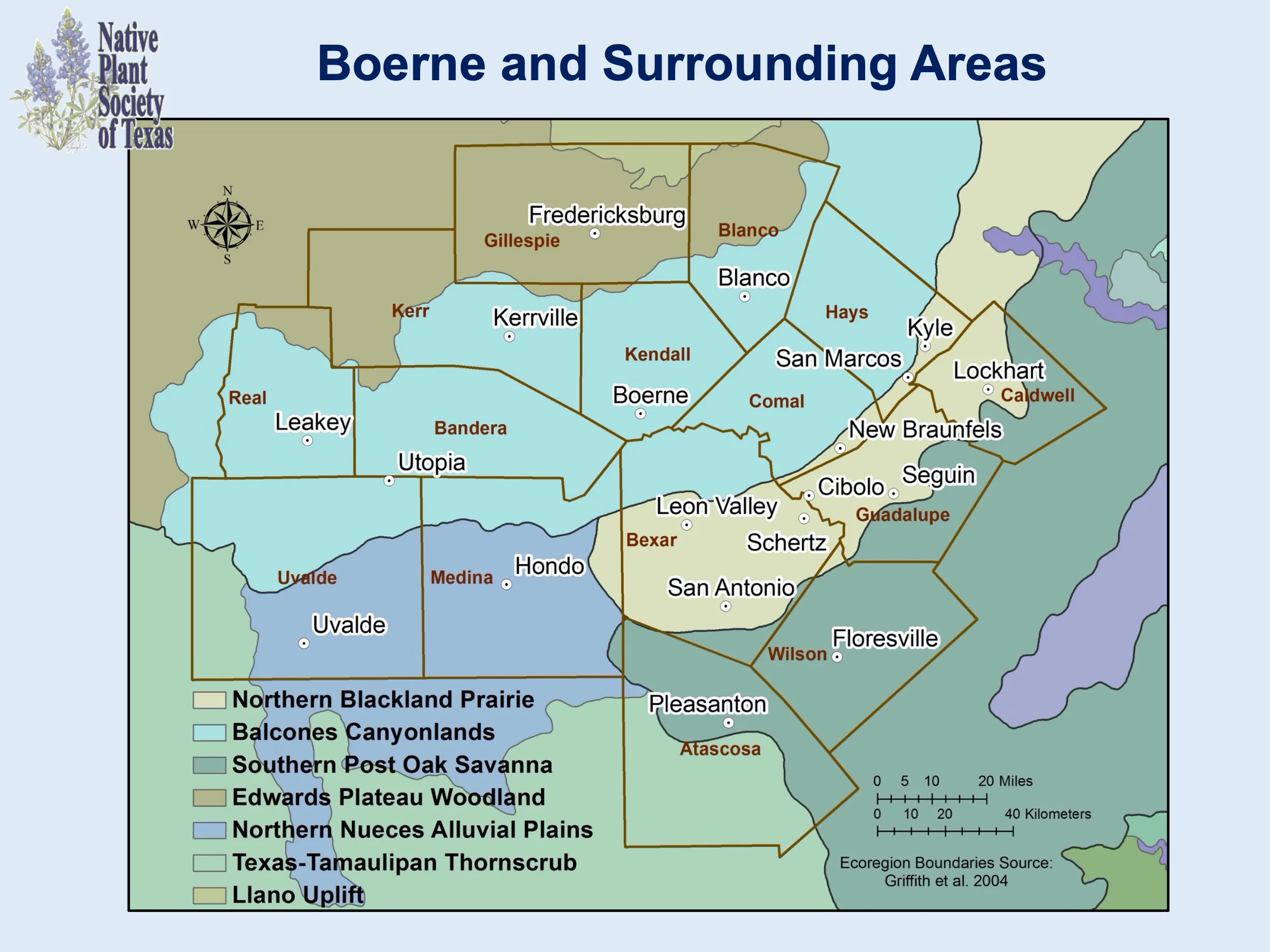 | Boerne Area Plant List |
| Corpus Christi Area | 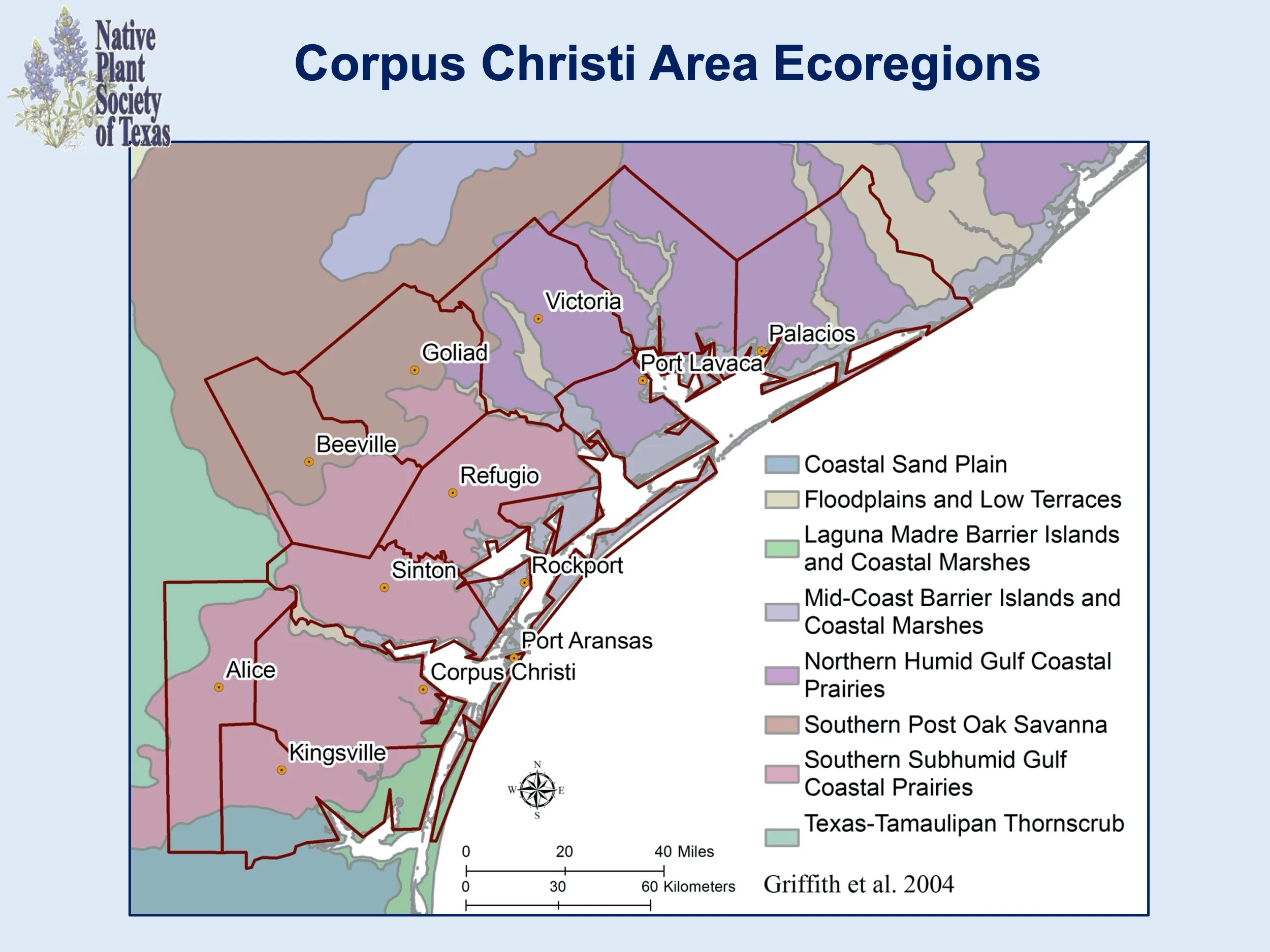 | South TX Area Area Plant List |
| Fredericksburg Area | 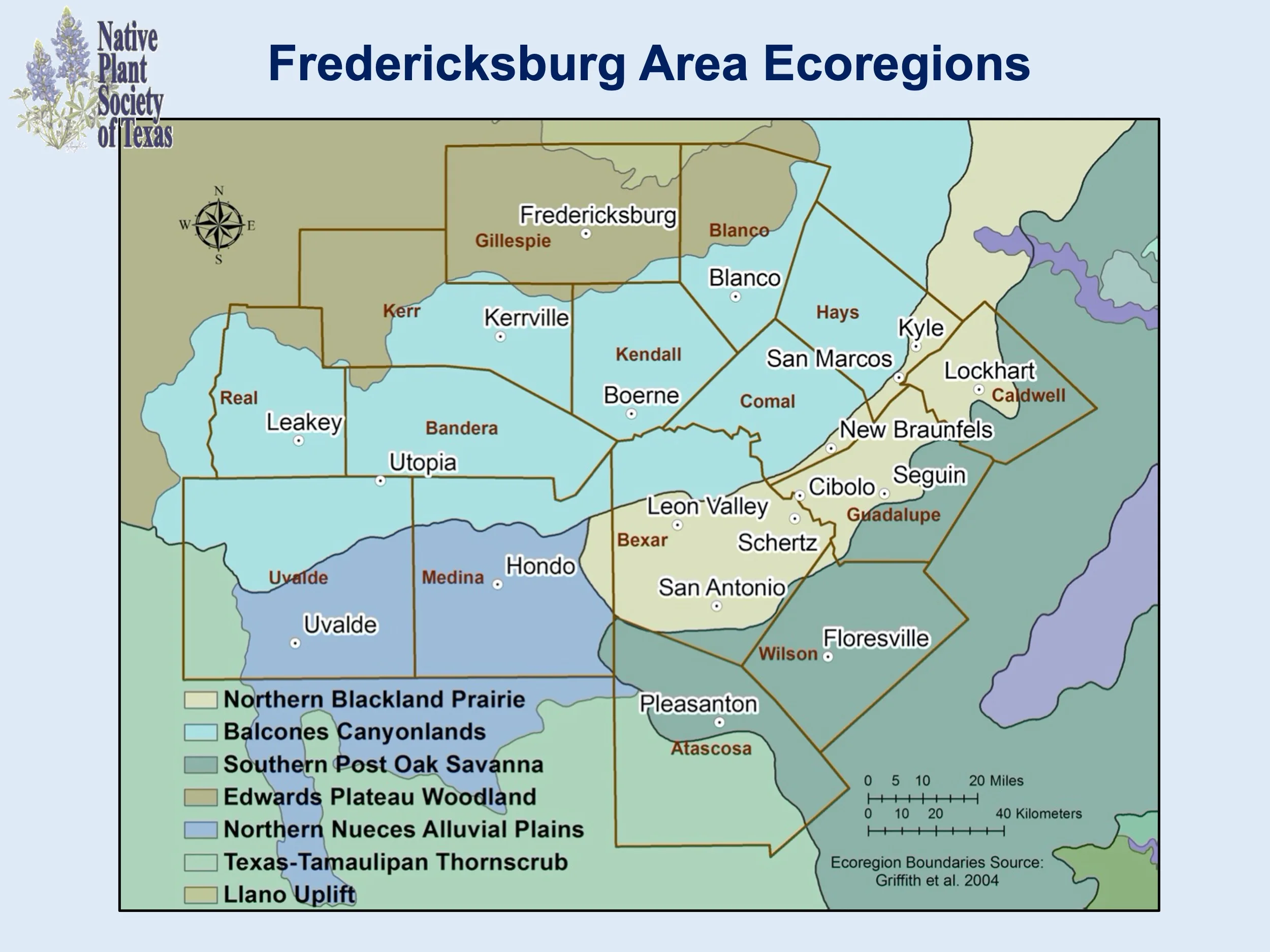 | Fredericksburg Area Plant List |
| Highland Lakes Area | 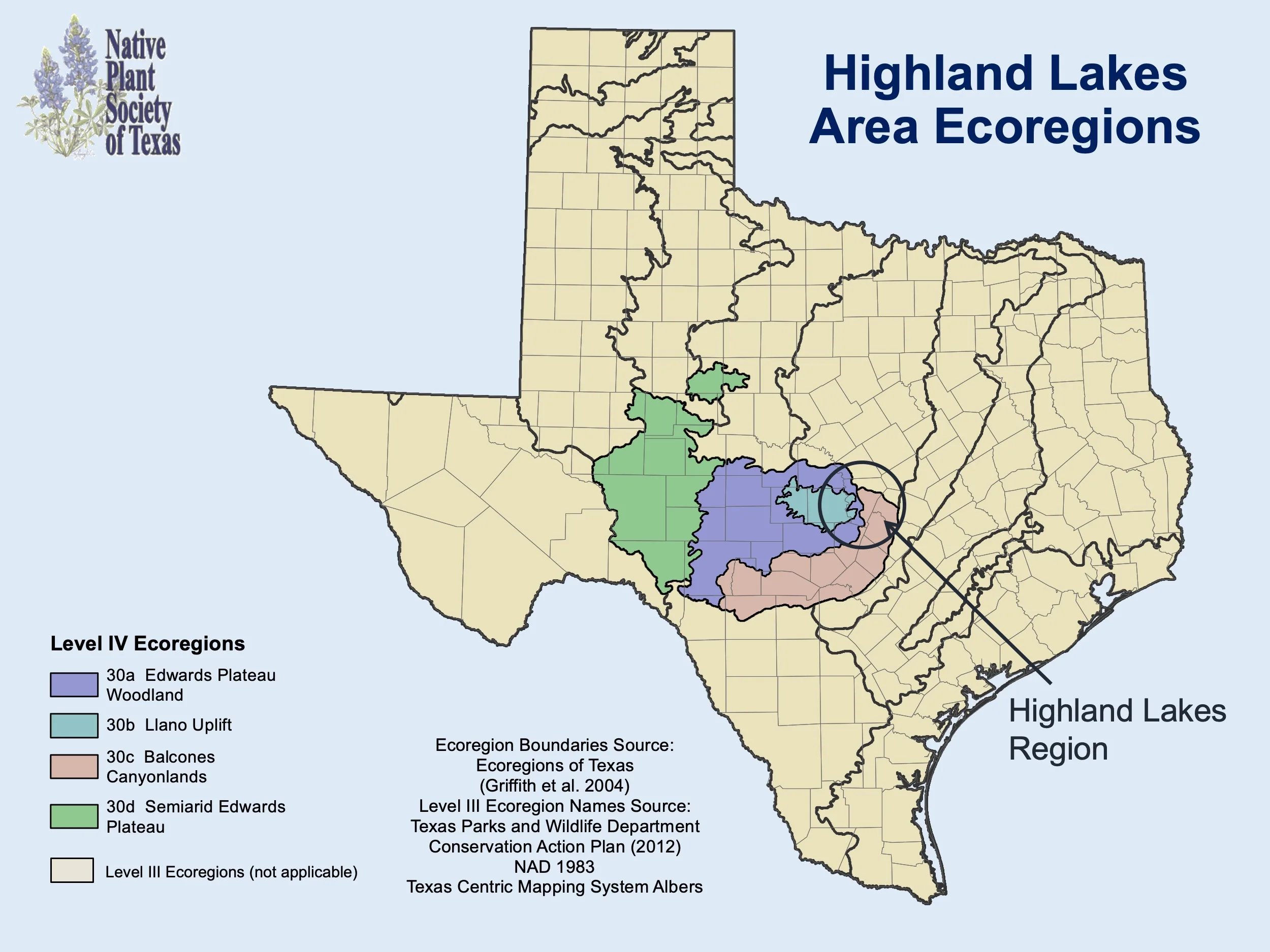 | Highland Lakes Area Plant List |
| Houston Area | 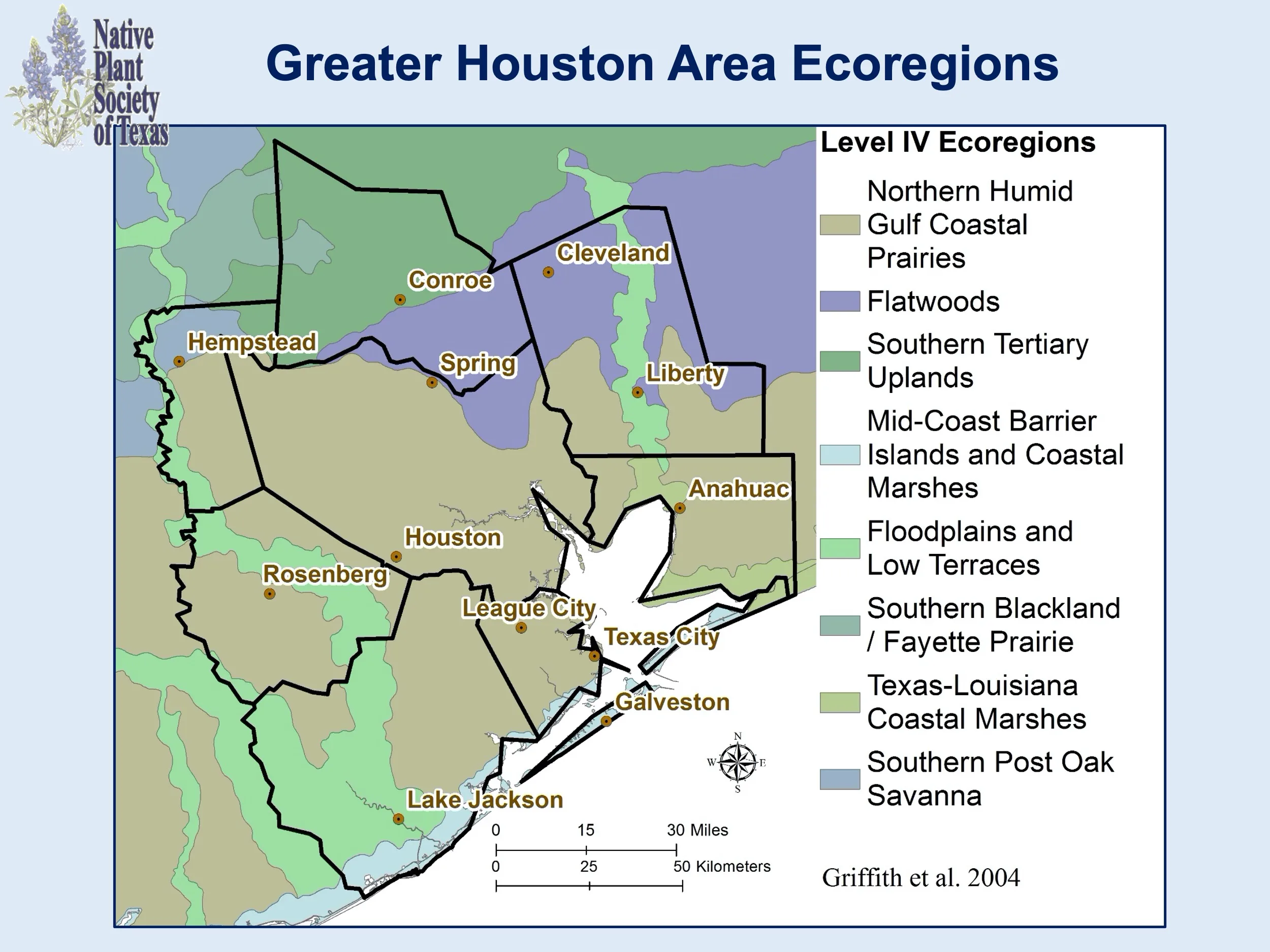 | Greater Houston Area Plant List |
| Kerrville Area | 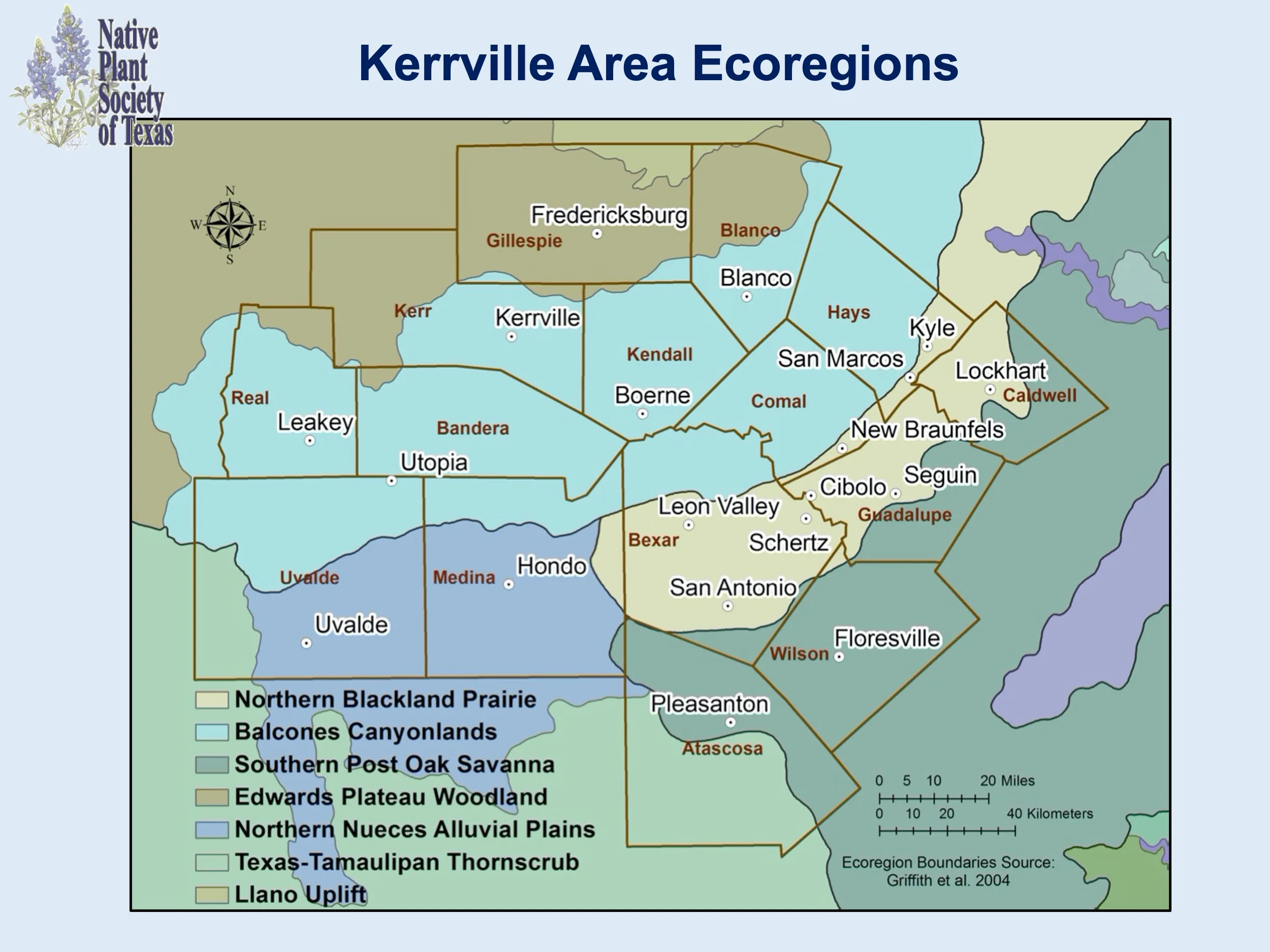 | Kerrville Area Plant List |
| Conroe Area (Montgomery County) |  | Greater Houston Area Plant List |
| New Braunfels Area | 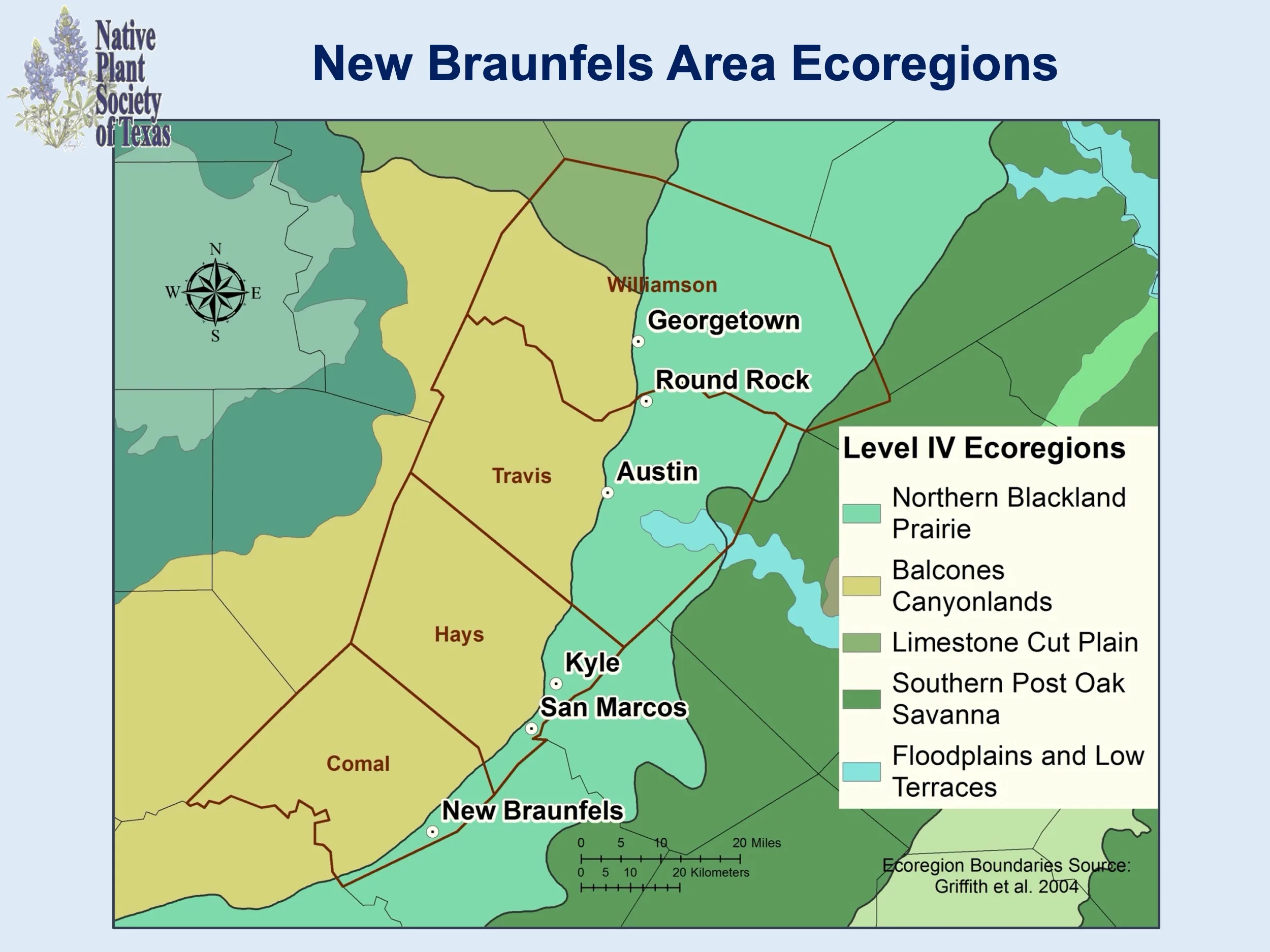 | New Braunfels Area Plant List |
| North Central Texas Area | 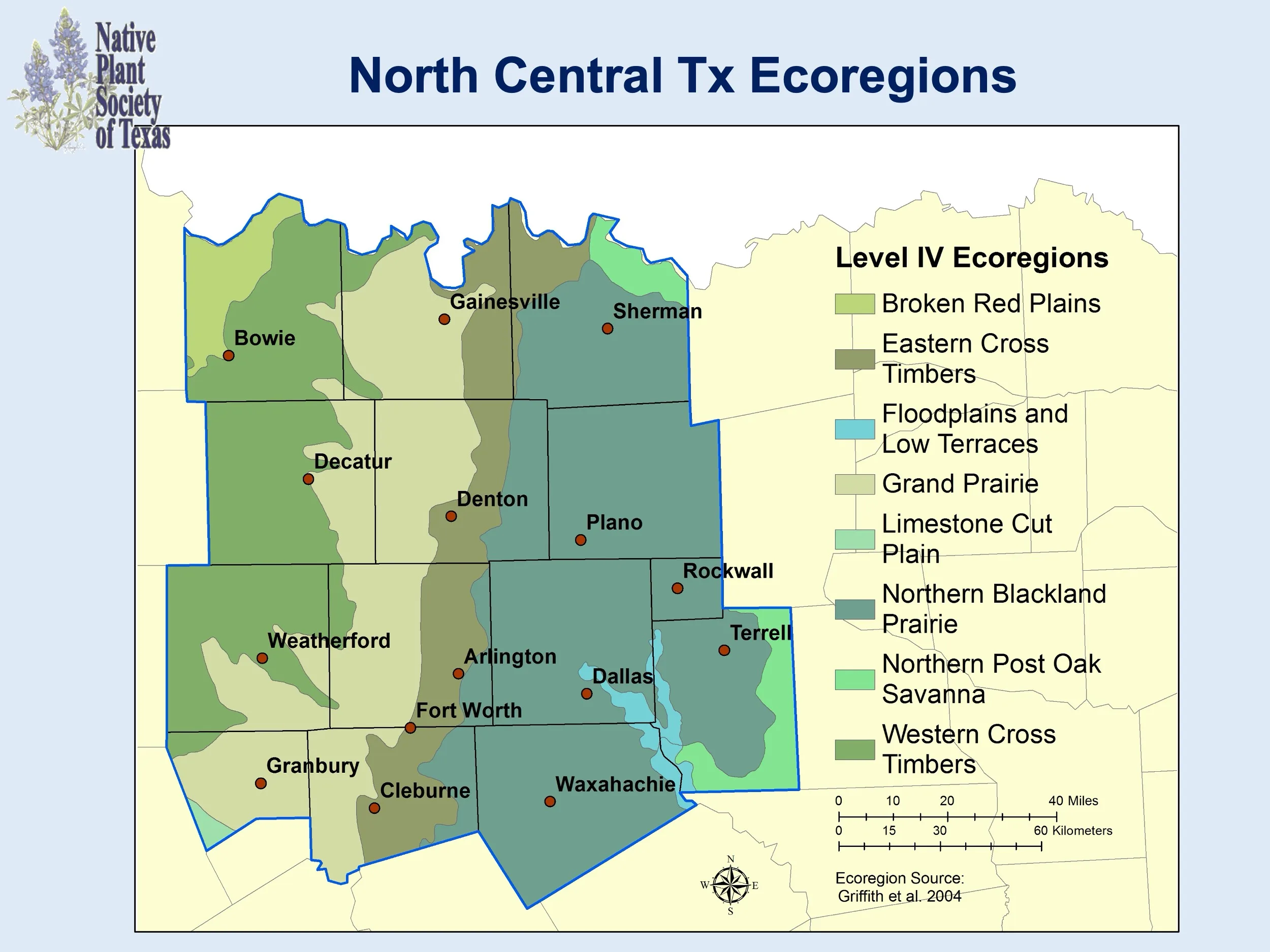 | North Central TX Area Plant List |
| Northeast Texas Area | 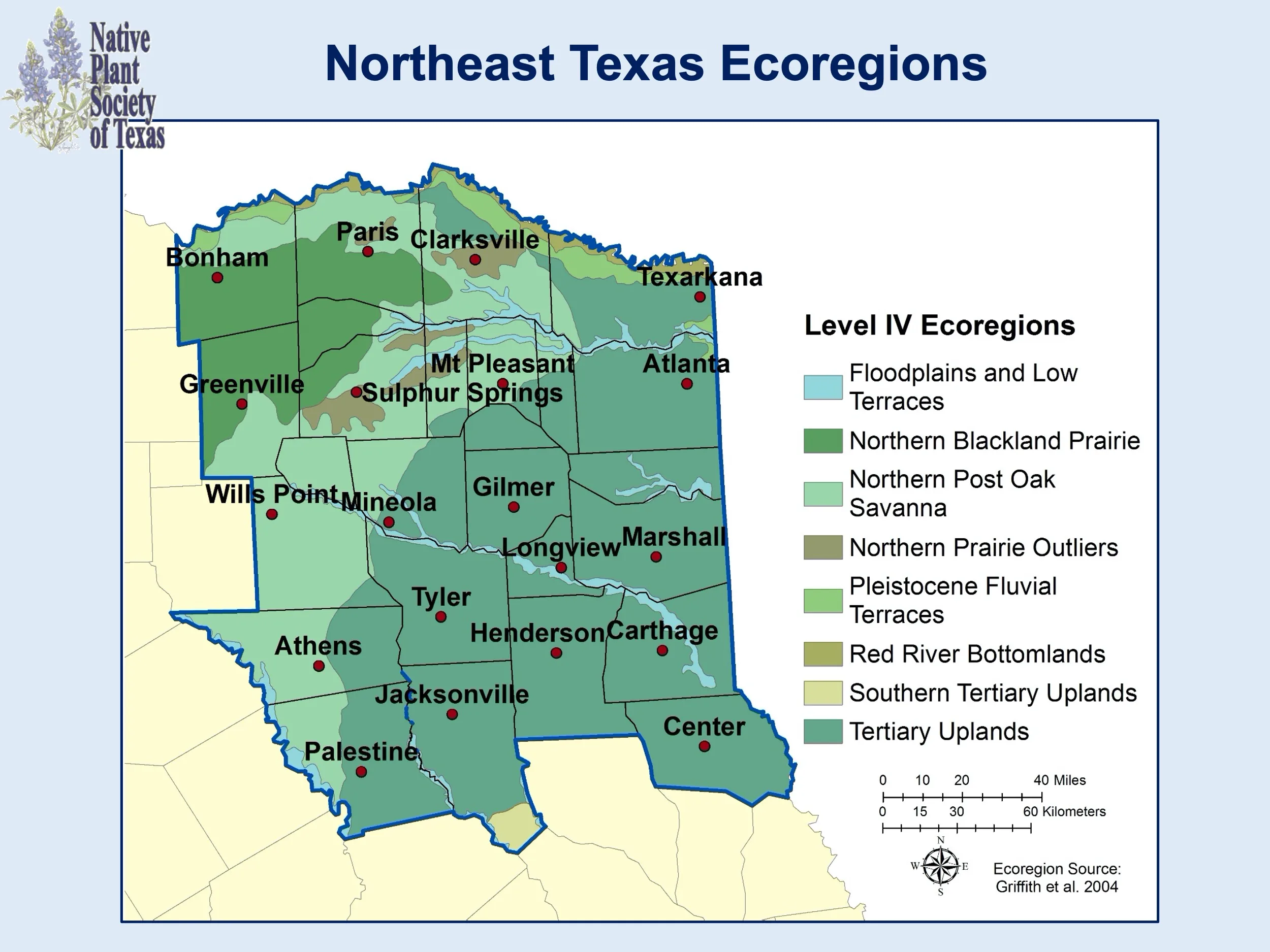 | Northeast TX Area Plant List |
| San Antonio Area | 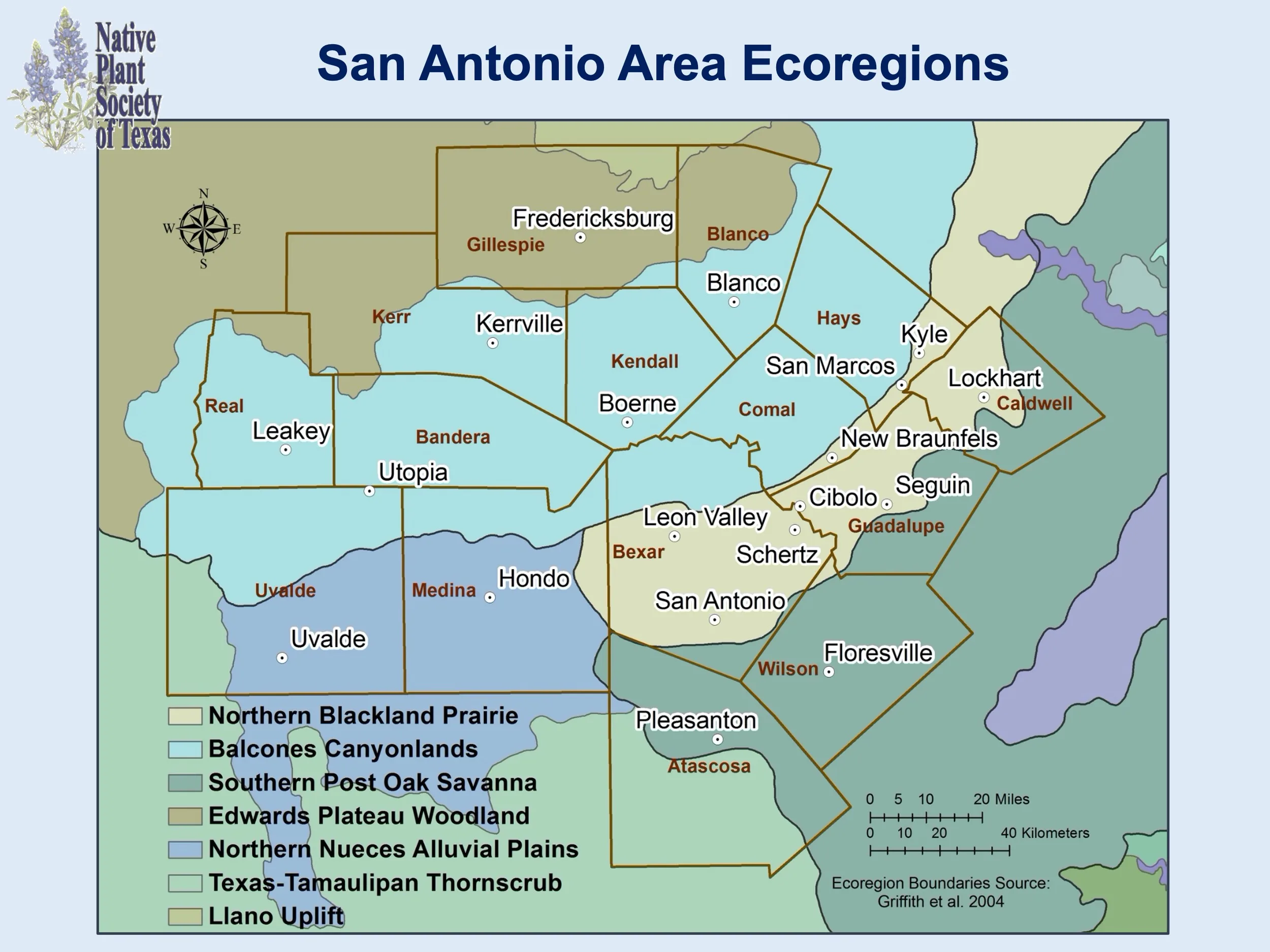 | San Antonio Area Plant List |
| Williamson County Area | 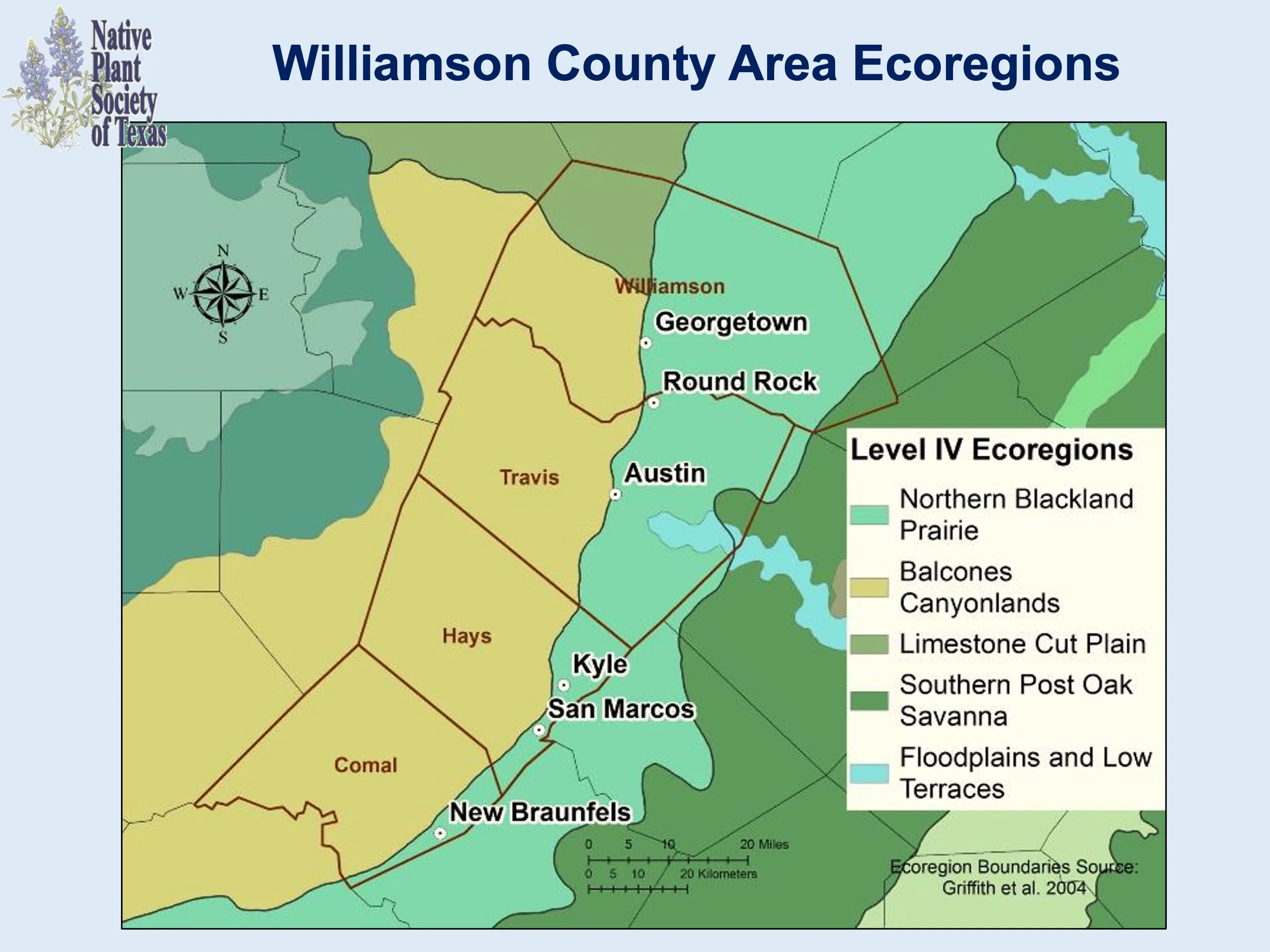 | Williamson County Area Plant List |

